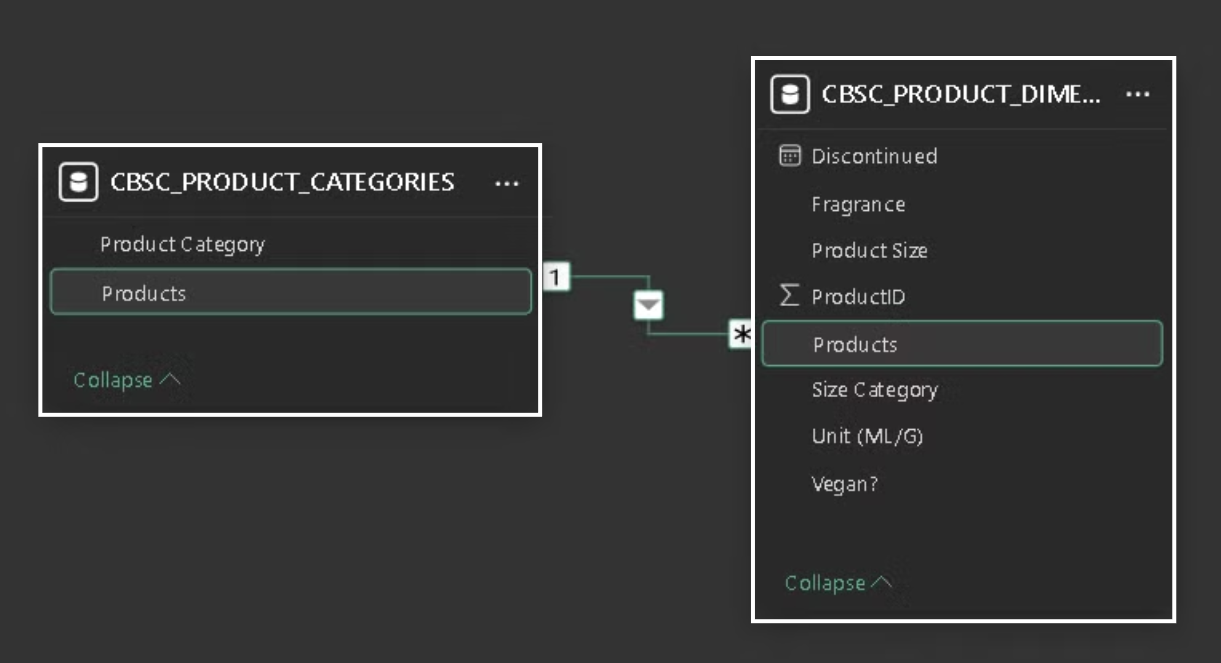Why Connecting Data Matters:
In today's data-driven world, analysts like us at the information lab often deal with multiple datasets coming from various sources. The data comes very rarely complete in isolation and usually needs to be connected in order to extract meaningful insights. Whether it’s combining customer information with transaction records or adding extra years to a transaction table, how we connect data is crucial to accuracy and depth of analysis. The most common ways to connect data include joins, unions, and relationships. Understanding when and how to use these methods is key to getting the right insights.
1. Joins: The Backbone of Data Merging
Joins are used to merge two or more datasets based on a common key. This common key is just a different saying for two shared columns, that exist in both tables. This is the most common form of connecting related datasets, but there are some distinctions to be made, because there are several types of Joins:
- Inner Join: Returns only the rows with matching values from the shared columns. Any rows that do not have the same value in the key column for both tables will be discarded.
- Left Join (or Left Outer Join): Returns all rows from the first, or left table and only the matching records from the right table. If no match is found, NULLs are returned for the added right table’s columns.
- Right Join (or Right Outer Join): Similar to a Left Join, but it returns all records from the last, or right table and the matching rows from the left table.
- Full Outer Join: Returns all records from both tables. When there is a match in the key column, data from both tables will be inserted into the row. If there is no match, the row will just show data from one of the tables with NULLs in the fields from the other table.

When to Use Joins:
- You have two tables with a common field (e.g., Customer ID, Order ID).
- You want to enrich data by adding columns from another table.
- You need to filter results based on matching criteria between two datasets.
2. Unions: Stacking Data Vertically
Unions combine two datasets by appending rows rather than columns. It's often used when you have two datasets with the same schema (column names and data types), but different records. Unlike joins, which merge datasets horizontally, unions add records vertically.

When to Use Unions:
- You have two datasets with identical structure but different records (e.g., sales data from different regions).
- You want to compile data from multiple similar sources into one dataset.
3. Relationships: Linking Data for Flexible Analysis
Unlike joins and unions, which produce a single result set, relationships link datasets in a way that allows for dynamic, real-time connections between them. Here at The Information Lab, we commonly use them in visualization tools like our beloved Tableau or Power BI, where data is only linked when required for analysis. This means there is no actual supplementation of data onto a dataset, but the software knows after a relationship has been established, where to go and look for the data on its own.
Key Points About Relationships:
- Non-destructive: Relationships don’t combine data upfront. Instead, they create a flexible connection that preserves each dataset in its original form.
- Dynamic: Data can be combined on the fly as you explore and analyze.
- Efficient for Complex Models: When you’re dealing with multiple datasets with different granularities, relationships can offer the same functionality as a cautiously joined and unioned table would, but with most likely less rows and therefore better performance.

When to Use Relationships:
- You need real-time, dynamic linking of datasets.
- You want to keep data separated but still be able to analyze them together.
- You’re using a tool that supports multidimensional models (e.g., Tableau, Power BI).
Conclusion
Understanding the distinctions between joins, unions, and relationships is crucial for any data professional. Joins allow for detailed merging of datasets, unions help consolidate data from different sources, and relationships offer flexibility in complex analytical scenarios. Mastering these techniques ensures us data analysts the abilities of combining data effectively and correctly for uncovering our next insights based on facts and logic.
